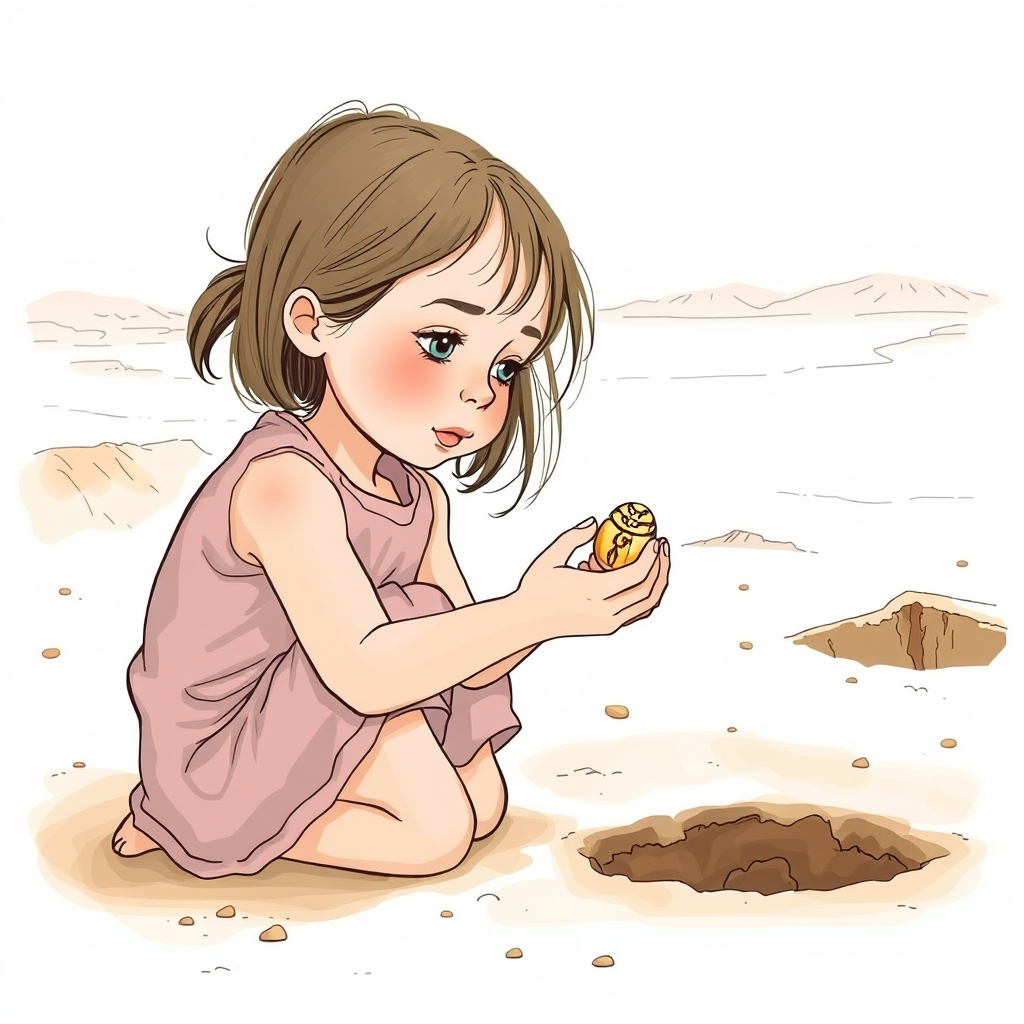Toddler’s Amazing Find: 3,800-Year-Old Treasure!

A three-year-old girl’s family outing turned into an archaeological discovery in Israel, unearthing a 3,800-year-old scarab amulet at the Tel Azekah archaeological site. Ziv Nitzan, the young discoverer, stumbled upon the ancient relic while walking with her family in southern Israel. The amulet is believed to have originated in Egypt and belonged to Canaanite communities, highlighting the cultural connections between the two civilizations during the Middle Bronze and Late Bronze Ages.
Ziv’s sister, Omer Nitzan, recounted the moment, explaining that Ziv singled out the stone from among many others. Recognizing the potential significance, the family promptly reported their find to the Israel Antiquities Authority (IAA). The IAA awarded Ziv a certificate of appreciation for her contribution to national heritage.
“Ziv and her family deserve praise for handing over the find,” stated Eli Escusido, IAA director. “Thanks to her, everyone will be able to see it and enjoy it. In honour of Passover, we will present the seal in a special exhibition.”
The Tel Azekah site itself holds historical weight, believed by many to be the location of the battle between David and Goliath. Professor Oded Lipschits, director of the Tel Aviv University archaeological dig, noted his team has been excavating the area for nearly 15 years, consistently uncovering evidence of a thriving ancient city. He emphasized the scarab joins a growing collection of Egyptian and Canaanite artifacts found at the site, demonstrating the close ties between the cultures.
According to Dr. Daphna Ben-Tor, an expert in ancient amulets and seals, scarabs were commonly used as seals and amulets in ancient Egypt, often found in graves and homes. The beetle held sacred meaning, symbolizing new life due to its reproductive cycle.
This discovery is a charming reminder that history isn’t confined to textbooks or museums. It’s often hidden in plain sight, waiting for a curious eye – or, in this case, a toddler’s – to bring it to light. The story beautifully illustrates how even the youngest among us can contribute to our understanding of the past, and it’s heartening to see the IAA recognize Ziv’s contribution in such a meaningful way. It’s a wonderful example of how archaeological discoveries can capture the public imagination and foster a deeper appreciation for history.